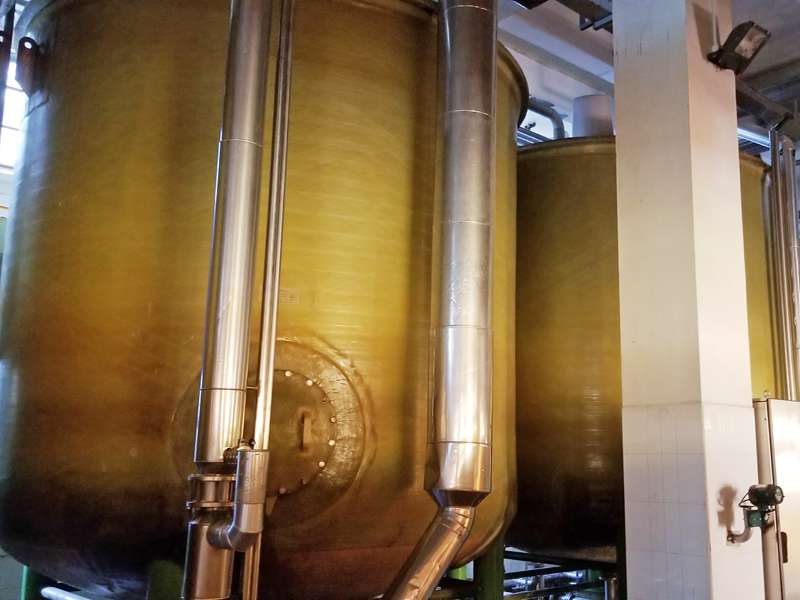
-
 Afrikaans
Afrikaans -
 Albanian
Albanian -
 Amharic
Amharic -
 Arabic
Arabic -
 Armenian
Armenian -
 Azerbaijani
Azerbaijani -
 Basque
Basque -
 Belarusian
Belarusian -
 Bengali
Bengali -
 Bosnian
Bosnian -
 Bulgarian
Bulgarian -
 Catalan
Catalan -
 Cebuano
Cebuano -
 China
China -
 China (Taiwan)
China (Taiwan) -
 Corsican
Corsican -
 Croatian
Croatian -
 Czech
Czech -
 Danish
Danish -
 Dutch
Dutch -
 English
English -
 Esperanto
Esperanto -
 Estonian
Estonian -
 Finnish
Finnish -
 French
French -
 Frisian
Frisian -
 Galician
Galician -
 Georgian
Georgian -
 German
German -
 Greek
Greek -
 Gujarati
Gujarati -
 Haitian Creole
Haitian Creole -
 hausa
hausa -
 hawaiian
hawaiian -
 Hebrew
Hebrew -
 Hindi
Hindi -
 Miao
Miao -
 Hungarian
Hungarian -
 Icelandic
Icelandic -
 igbo
igbo -
 Indonesian
Indonesian -
 irish
irish -
 Italian
Italian -
 Japanese
Japanese -
 Javanese
Javanese -
 Kannada
Kannada -
 kazakh
kazakh -
 Khmer
Khmer -
 Rwandese
Rwandese -
 Korean
Korean -
 Kurdish
Kurdish -
 Kyrgyz
Kyrgyz -
 Lao
Lao -
 Latin
Latin -
 Latvian
Latvian -
 Lithuanian
Lithuanian -
 Luxembourgish
Luxembourgish -
 Macedonian
Macedonian -
 Malgashi
Malgashi -
 Malay
Malay -
 Malayalam
Malayalam -
 Maltese
Maltese -
 Maori
Maori -
 Marathi
Marathi -
 Mongolian
Mongolian -
 Myanmar
Myanmar -
 Nepali
Nepali -
 Norwegian
Norwegian -
 Norwegian
Norwegian -
 Occitan
Occitan -
 Pashto
Pashto -
 Persian
Persian -
 Polish
Polish -
 Portuguese
Portuguese -
 Punjabi
Punjabi -
 Romanian
Romanian -
 Russian
Russian -
 Samoan
Samoan -
 Scottish Gaelic
Scottish Gaelic -
 Serbian
Serbian -
 Sesotho
Sesotho -
 Shona
Shona -
 Sindhi
Sindhi -
 Sinhala
Sinhala -
 Slovak
Slovak -
 Slovenian
Slovenian -
 Somali
Somali -
 Spanish
Spanish -
 Sundanese
Sundanese -
 Swahili
Swahili -
 Swedish
Swedish -
 Tagalog
Tagalog -
 Tajik
Tajik -
 Tamil
Tamil -
 Tatar
Tatar -
 Telugu
Telugu -
 Thai
Thai -
 Turkish
Turkish -
 Turkmen
Turkmen -
 Ukrainian
Ukrainian -
 Urdu
Urdu -
 Uighur
Uighur -
 Uzbek
Uzbek -
 Vietnamese
Vietnamese -
 Welsh
Welsh -
 Bantu
Bantu -
 Yiddish
Yiddish -
 Yoruba
Yoruba -
 Zulu
Zulu
frp desalination pipes and fittings for efficient water treatment
FRP Desalination Pipes and Fittings for Efficient Water Treatment
In recent years, the quest for sustainable and efficient water treatment solutions has become increasingly critical, especially in regions facing water scarcity. One promising advancement in this area is the use of Fiber Reinforced Plastic (FRP) pipes and fittings in desalination processes. The adoption of FRP materials in desalination technology offers significant advantages, including resistance to corrosion, lightweight properties, and ease of installation, making it an ideal choice for water treatment facilities across the globe.
Desalination, the process of removing salt and other impurities from seawater to produce fresh water, has become an essential tool for ensuring the availability of potable water. However, traditional materials used in construction, such as steel and concrete, often succumb to the harsh environments encountered in desalination plants. This is where FRP materials shine. FRP is a composite material made from a polymer matrix reinforced with fibers, such as glass or carbon. This unique composition grants FRP excellent mechanical properties, including high strength-to-weight ratio, durability, and resistance to both chemical and environmental degradation.
One of the primary benefits of using FRP pipes in desalination is their corrosion resistance. Seawater is highly corrosive, and materials used in water treatment need to withstand long-term exposure to such environments. Unlike conventional materials that may corrode or deteriorate over time, FRP pipes retain their structural integrity, thus reducing the need for frequent replacements or repairs. This longevity translates into lower maintenance costs and enhanced reliability over the lifespan of the desalination facility.
frp desalination pipes and fittings for efficient water treatment

Additionally, the lightweight nature of FRP materials facilitates easier handling and installation. This quality is particularly beneficial in remote or offshore locations where heavy lifting equipment may not be available. FRP pipes can be manufactured in various diameters and lengths, allowing for greater flexibility in design and installation. Furthermore, their lower weight translates into reduced transportation costs, making FRP an economically viable choice for water treatment projects.
FRP fittings, including valves, flanges, and joints, complement the FRP pipe systems and are designed to ensure a seamless flow of fluid within desalination plants. These fittings share the same advantageous properties as the pipes, meaning they are also resistant to corrosion and have a long service life. The integration of FRP fittings within a desalination system ensures that the entire water treatment process is efficient and effective.
Moreover, FRP technology is continually evolving, with advancements in manufacturing processes leading to even better performance characteristics, such as improved thermal stability and increased strength. Innovations like the incorporation of advanced fibers or specialized coatings are enhancing the capabilities of FRP systems in challenging environments, further solidifying their role in modern desalination infrastructure.
In conclusion, the incorporation of FRP pipes and fittings in desalination systems represents a paradigm shift in water treatment technology. Their unique properties not only contribute to the efficiency and durability of water treatment processes but also help address the pressing issue of water scarcity in many parts of the world. As the global demand for fresh water continues to rise, tapping into the benefits of FRP materials will undoubtedly play a crucial role in creating sustainable and effective solutions for future water needs. By embracing these advanced materials, the desalination industry can enhance its operational performance, reduce costs, and ultimately ensure a reliable supply of clean water while safeguarding the environment.
Latest news
-
Exploring the Benefits of Top Hammer Drifter Rods for Enhanced Drilling PerformanceNewsJun.10,2025
-
High-Precision Fiberglass Winding Machine for GRP/FRP Pipe Production – Reliable & Efficient SolutionsNewsJun.10,2025
-
FRP Pipes & Fittings for Shipbuilding - Corrosion-Resistant & LightweightNewsJun.09,2025
-
Premium FRP Flooring Solutions Durable & Slip-ResistantNewsJun.09,2025
-
Premium Fiberglass Rectangular Tanks Durable & Lightweight SolutionNewsJun.09,2025
-
Tapered Drill String Design Guide Durable Performance & UsesNewsJun.09,2025









